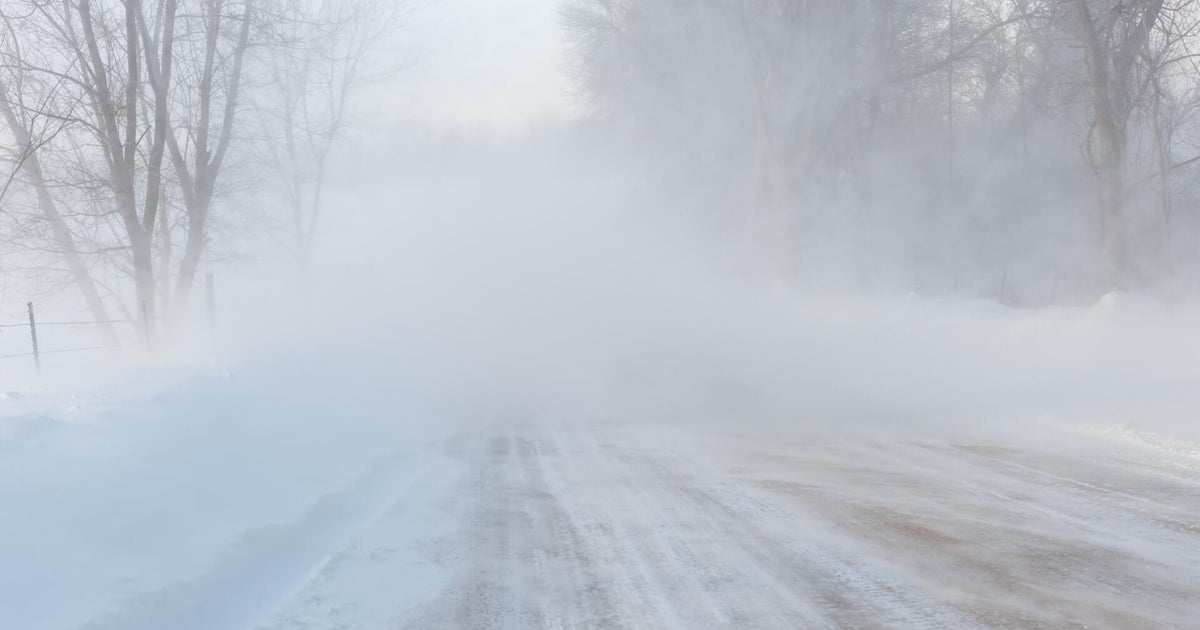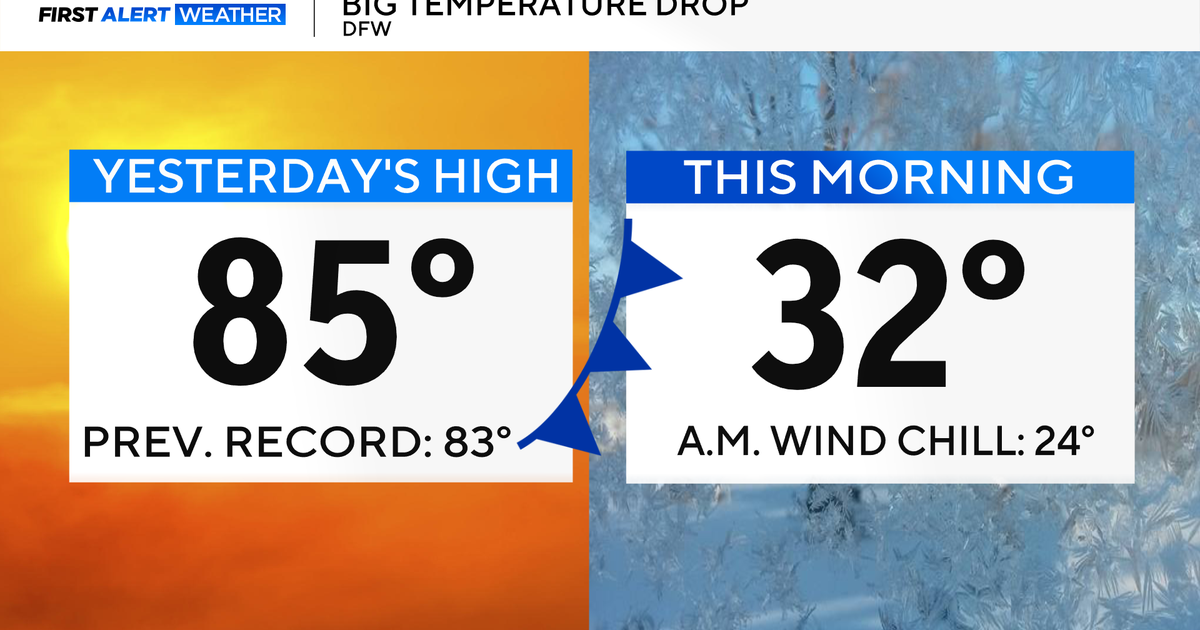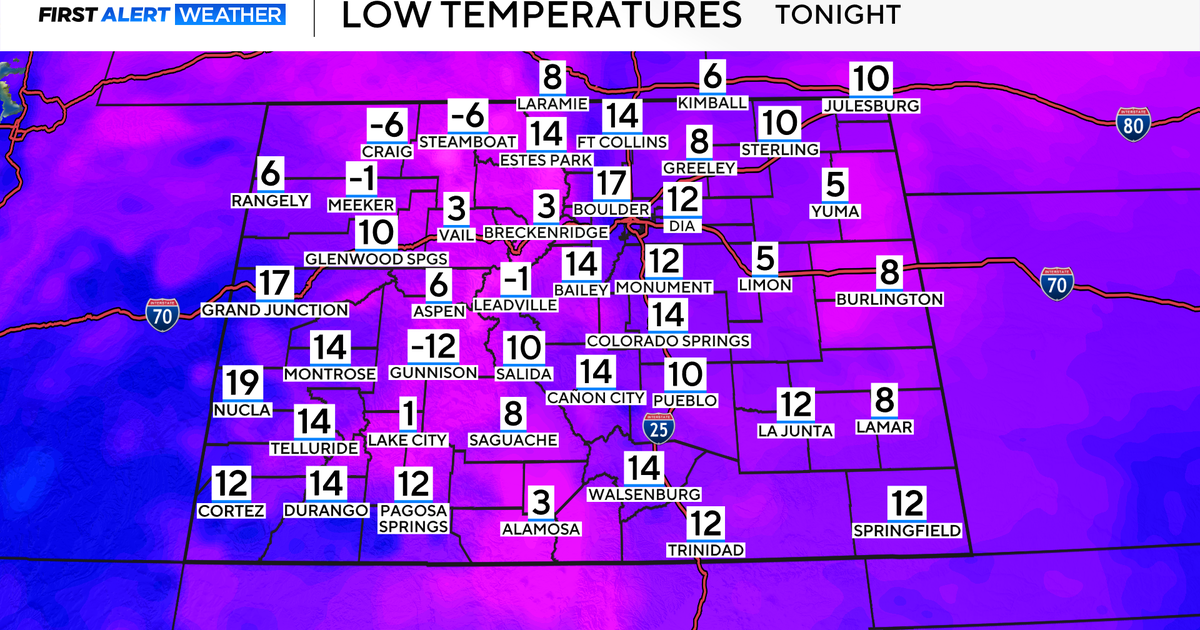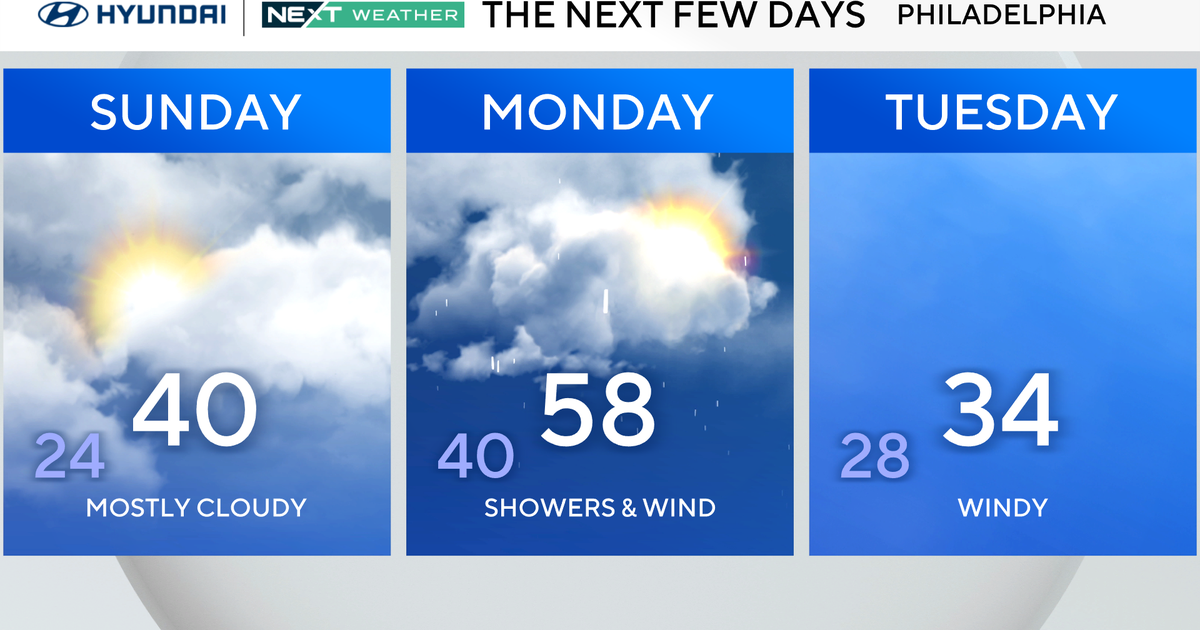Science of Weather: Albedo
(CBS DETROIT) - Every day, the sun's radiation is scattered. Some sunlight is absorbed, and some is reflected back into the atmosphere. This is a measure of the reflectivity of a surface, which can be used to describe the scientific term albedo!
Albedo can be defined as the fraction of radiation striking a surface, then is reflected by that surface. Albedo represents a percentage of the sun's radiation (sunlight), which is absorbed and reflected by a surface.
The sun radiates, and that energy strikes the earth's surface. Now, depending on what's at the surface, grass, snow, or asphalt, that will determine how much energy gets absorbed and reflected back into the atmosphere.
Think about it like this as you may have experienced it. On a hot summer day with plenty of sunshine, are you going to choose to wear a light-colored shirt or a dark-colored shirt? If you decide on the dark-colored shirt, you'll probably be noticeably warmer than if you wore the light-colored shirt. That is because dark colors absorb more sunlight, and light colors reflect more of the energy.
You can also think about it this way: asphalt is a black surface that won't reflect much light. Instead, it absorbs most of the light, which creates a low albedo. Verse's snow, which is white, results in a high albedo.
I consider the albedo factor when making my weather forecasts. For instance, let's say downtown Detroit has a fresh snowpack due to a lake-effect snow band. The energy is getting reflected, leading to a cooling effect of temperatures near the surface. Then, about 30 miles away, in a suburb of Detroit, say this area didn't get snow, and the grass is showing. This may allow temperatures to be a little warmer near the surface since the albedo of grass is lower, meaning it will absorb more sunlight. Therefore, I may adjust my temperatures accordingly. Now that's the science of weather, Meteorologist Kylee Miller.








